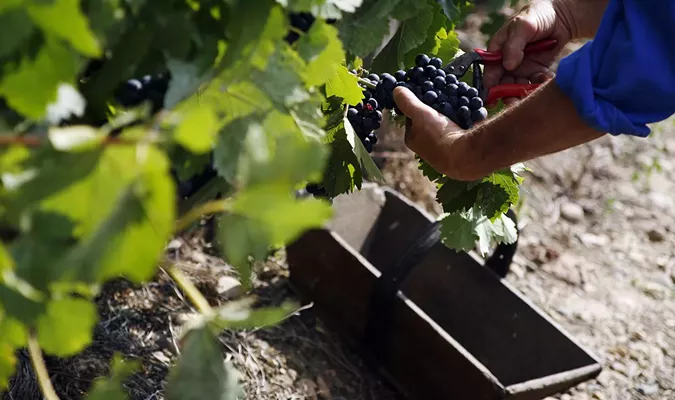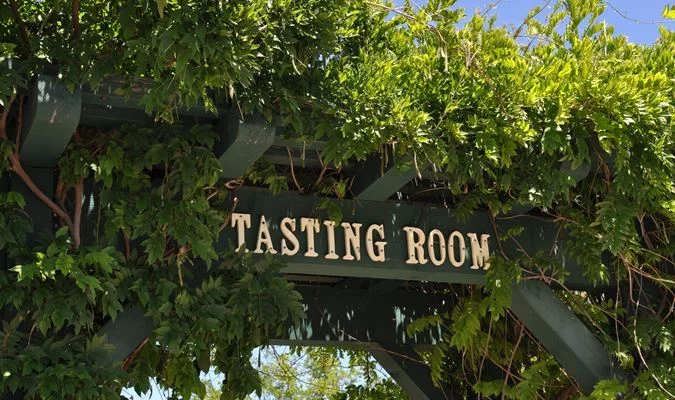
Grape Harvest: From Vine to Wine
From vineyard to fermenter: the meticulous journey of grapes transforming into exquisite wine.
Grapes are the lifeblood of the wine industry, each step from their growth to fermentation meticulously orchestrated to produce the perfect bottle of wine. This article takes you through the fascinating journey of grapes, from their cultivation to their transformation into the fermenting must.
1. Growing Grapes: The Vineyard Life
The journey of grapes begins in the vineyard. Grapevines are usually planted in spring, after the last frost has passed. These vines need at least three years to produce their first significant harvest, during which they develop a robust root system and establish themselves. The vines thrive in well-drained soil and require a climate that offers a balance of sun, rain, and cool nights to enhance the acidity and flavor of the grapes.
Throughout the growing season, vineyard managers prune the vines to ensure they receive adequate sunlight and airflow, which helps in preventing diseases and promoting even ripening. The health of the vines is meticulously monitored, with attention paid to signs of pests, nutrient deficiencies, or overgrowth.
2. Harvesting: Picking the Perfect Grapes
Harvest time is a critical moment in the lifecycle of grape growing. The timing of the harvest can significantly influence the taste and quality of the wine. Grapes are usually picked when they reach the optimal balance of sweetness and acidity, which is determined by testing the sugar levels (Brix), acidity (pH), and tannin content.
There are two main methods of harvesting: hand-picking and mechanical harvesting.
Hand-Picking: This method is labor-intensive but allows for selective picking, ensuring that only the best grapes are chosen. Harvesters use small, sharp shears to cut the grape clusters from the vines, which are then placed into bins.
Mechanical Harvesting: This method uses machines that shake the vines, causing the grapes to fall off and be collected. It’s faster and more cost-effective for larger vineyards but can sometimes result in a less selective harvest.
3. Weighing the Bins: Ensuring Quality and Quantity
Once harvested, the grapes are transported to the winery in bins. Upon arrival, these bins are weighed to keep track of the yield and ensure the right amount of grapes for fermentation. The weight of the bins is recorded to maintain accurate records of production and assist in managing the winemaking process.
4. Destemming: Preparing for Fermentation
After weighing, the grapes are destemmed. This process involves removing the stems from the grape clusters. Stems contain tannins that can impart unwanted bitterness to the wine. A machine called a destemmer-crusher is often used, which simultaneously removes the stems and crushes the grapes, freeing the juice and pulp from the skins.
In some winemaking styles, a portion of the stems might be included to add structure and complexity to the wine, but this is carefully controlled.
5. Fermentation: The Transformation to Wine The crushed grapes, now called must, are transferred to fermentation tanks. Fermentation is the magical process where the grape juice is transformed into wine. Yeasts, either naturally occurring or added by the winemaker, convert the sugars in the grape juice into alcohol and carbon dioxide. This process can take anywhere from a few days to several weeks, depending on the style of wine being produced.
Fermentation tanks come in various materials, including stainless steel, oak, and concrete, each imparting different characteristics to the wine. Temperature control is crucial during fermentation, as it affects the rate of fermentation and the development of flavors and aromas.
Summary The journey of grapes from the vineyard to the fermentation tank is a meticulous process, requiring careful attention to detail at every step. The cultivation, harvesting, weighing, destemming, and fermenting all play pivotal roles in crafting a bottle of wine. Each stage is a blend of art and science, reflecting the dedication and passion of the winemakers. Next time you enjoy a glass of wine, take a moment to appreciate the incredible journey of the grapes within.
Subscribe to our Newsletter
Join our mailing list and be one of the first to know about upcoming local events.


